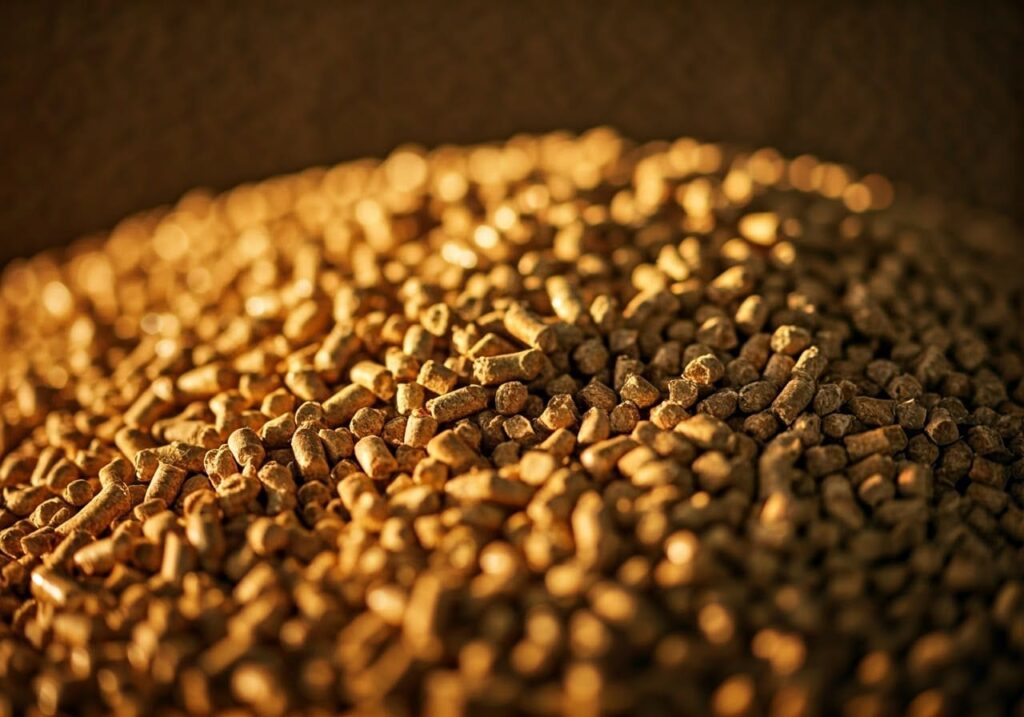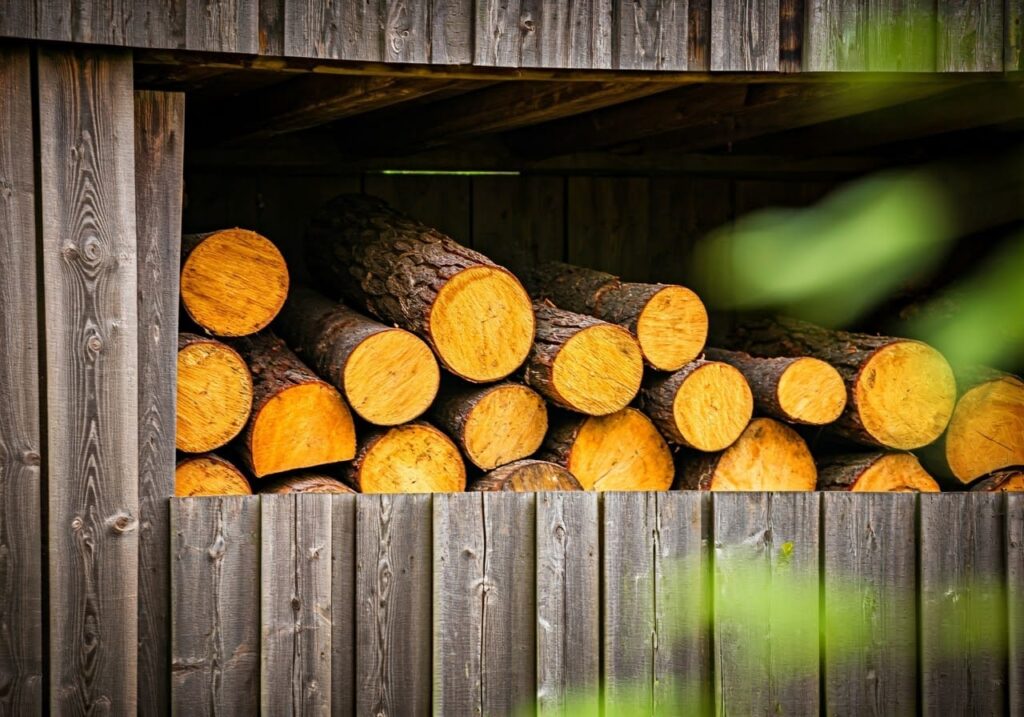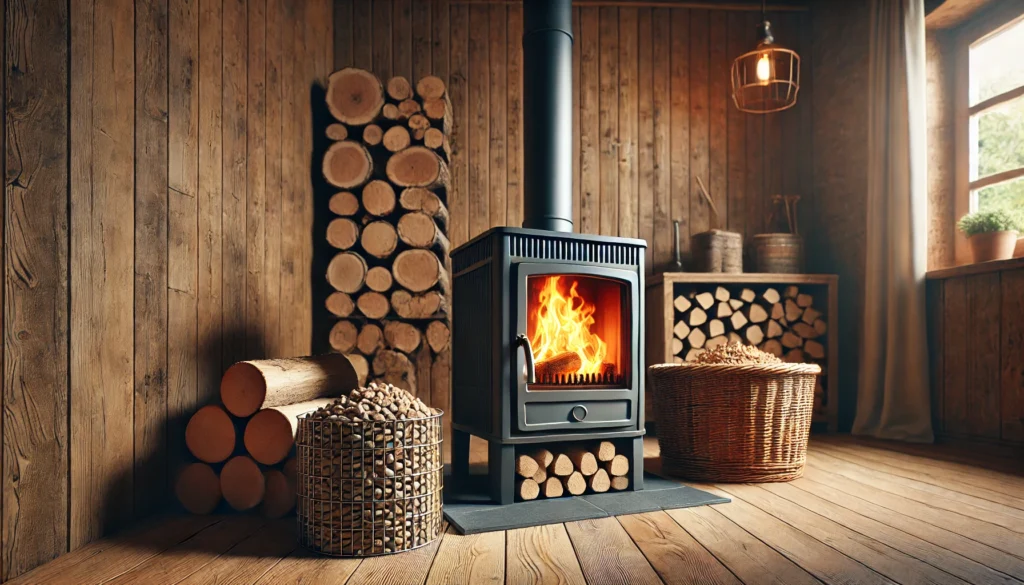As the world shifts towards more sustainable and environmentally friendly practices, the quest for alternative fuel options has become a focal point for homeowners, businesses, and governments alike. For those looking beyond traditional fossil fuels for heating and energy, alternatives like compressed logs, biomass pellets, and renewable fuels offer promising solutions. In this article, we’ll delve into these options, exploring their benefits, drawbacks, and what makes them viable alternatives for a greener tomorrow.

Introduction to Alternative Fuel Options
In recent years, the term “alternative fuel options” has gained significant traction, reflecting a global desire to reduce our reliance on finite resources and mitigate the environmental impacts of energy consumption. But what exactly do we mean by “alternative fuel options” and the impact on fuel for wood burning stoves? Simply put, these are energy sources that move us away from traditional fossil fuels, offering a more sustainable pathway for our energy needs. The push for these alternatives is driven by the need to reduce greenhouse gas emissions, mitigate climate change, and ensure a sustainable energy supply for future generations. Alternative Fuel Options, a term encompassing a broad range of non-traditional energy sources, are being embraced worldwide for their potential to decrease dependency on fossil fuels.
1. Compressed Logs: The Eco-Friendly Firewood
Rethinking Traditional Firewood
For centuries, firewood has been a staple for heating homes, but with growing environmental concerns, the traditional approach to firewood is being reevaluated. Enter compressed logs, a modern twist on an age-old energy source. Made from materials that would otherwise contribute to waste, compressed logs offer a cleaner, more efficient way to enjoy the warmth of a fire without the hefty environmental footprint.
- What are Compressed Logs?
- Made from compressed sawdust or wood shavings
- Often manufactured from waste wood, reducing landfill waste
- Burn more efficiently than traditional firewood, producing less smoke
Benefits:
- Higher Energy Density: More heat from less material
- Reduced Moisture Content: Less smoke and creosote buildup
- Environmental Benefits: Utilizes waste wood, reducing the demand on living forests
Drawbacks:
- Higher Upfront Cost: More expensive than traditional firewood
- Specialized Storage: Requires dry storage to maintain efficiency
2. Biomass Pellets: Efficient Heating
The Rise of Pellet Power
In the pursuit of efficient and sustainable heating solutions, biomass pellets have emerged as a frontrunner. Designed for use in specialized pellet stoves or boilers, these small, dense pellets pack a big punch in terms of energy output and environmental benefits. But what makes them so appealing to those seeking alternative fuel options?
- What are Biomass Pellets?
- Small, dense pellets made from compressed organic matter (wood, grass, etc.)
- Designed for use in specialized pellet stoves or boilers
Benefits:
- High Efficiency: Converts up to 90% of energy content into usable heat
- Low Emissions: Produces significantly less greenhouse gas and particulate matter
- Renewable Resource: Made from replenishable organic materials
Drawbacks:
- Dependence on Pellet Stoves: Requires specific equipment for use
- Quality Variance: Pellet quality can affect burn efficiency and emissions
3. Renewable Fuels: The Future of Energy
Beyond Fossil Fuels: The Era of Renewables
As we look to the future of energy, one thing is clear: renewable fuels are set to play a pivotal role. From biofuels to hydrogen fuel cells, the landscape of renewable energy is vast and evolving. But what defines renewable fuels, and how do they fit into our broader quest for sustainable energy solutions?
- What are Renewable Fuels?
- Fuels produced from renewable resources (plants, algae, agricultural waste)
- Can be used for heating, transportation, and electricity generation
Benefits:
- Sustainable Supply: Derived from resources that can be replenished naturally
- Lower Greenhouse Gas Emissions: Significant reduction in carbon footprint
- Energy Security: Diversifies energy supply, reducing dependence on imported fuels
Drawbacks:
- Infrastructure Challenges: Widespread adoption requires significant infrastructure updates
- Higher Costs (Currently): More expensive than traditional fossil fuels in many markets
Comparison Summary:
| Fuel Option | Energy Density | Environmental Impact | Cost | Specialized Equipment |
|---|---|---|---|---|
| Compressed Logs | High | Low (if from waste wood) | Medium-High | No |
| Biomass Pellets | Very High | Very Low | Medium | Yes |
| Renewable Fuels | High | Very Low | High (currently) | Yes/No (dependent on use) |
Navigating the Transition to Alternative Fuels
With so many alternative fuel options available, making the switch can seem daunting. However, with the right approach, you can seamlessly transition to a more sustainable energy solution. Here are some key considerations and tips to guide you through the process:
- Assess Your Needs: Determine the right fuel based on your energy requirements and equipment.
- Evaluate Local Availability: Ensure a steady supply of your chosen fuel.
- Consider Long-Term Costs: While some alternatives may have higher upfront costs, they can offer long-term savings.
Conclusion: Embracing a Sustainable Energy Future
As we move forward in our quest for a more sustainable world, alternative fuel options like compressed logs, biomass pellets, and renewable fuels play a crucial role. By understanding the benefits and challenges of each, we can make informed decisions that not only warm our homes but also help preserve the planet for generations to come.


